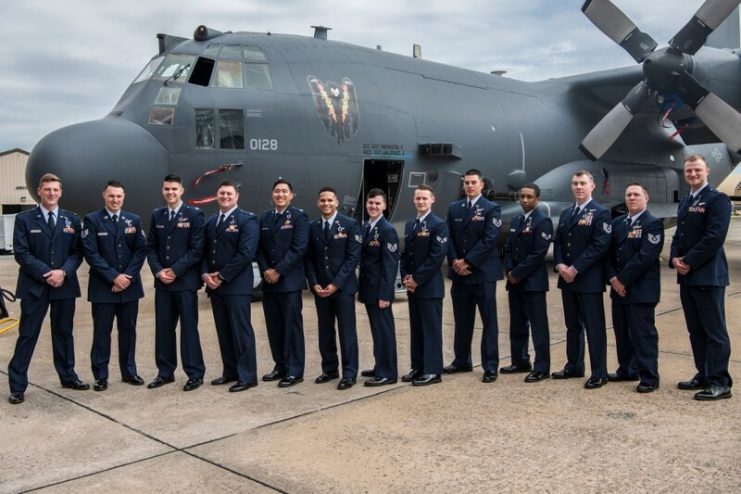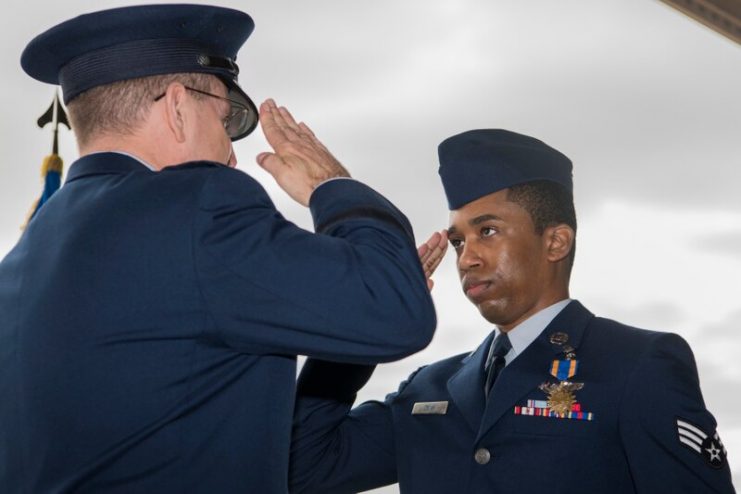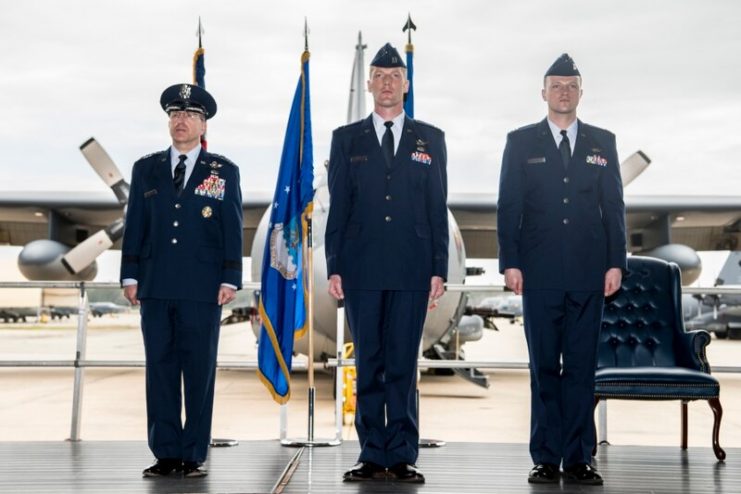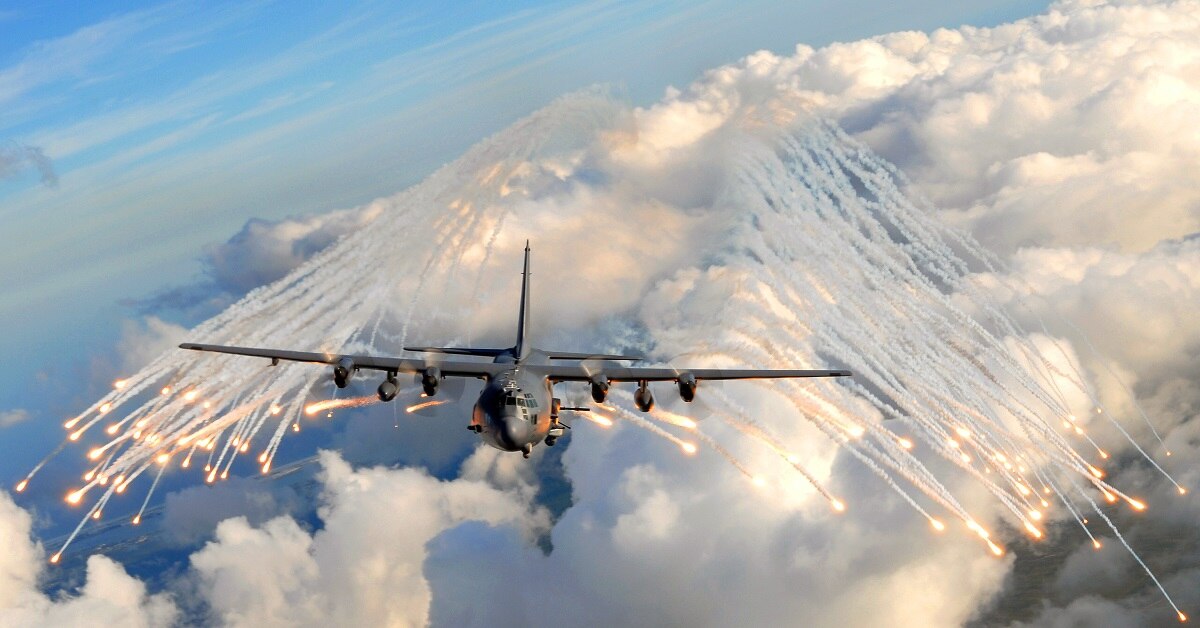Monday 2nd March 2020 saw Lt. Gen. Jim Slife, head of Air Force Special Operations Command, present honors to the entire crew of Spooky 41, an AC-130U Spooky gunship.
The medals were awarded for bravery under fire while supporting American forces fighting alongside coalition troops during a ferocious mountainside battle near Nangarhar province in Afghanistan in April 2019.
The ceremony was held at Hurlburt Field in Florida, where the captain of Spooky 41, Capt. Neils Aberhalden, and the navigator, Capt. John Crandall, each received a Distinguished Flying Cross. All the other twelve crew members received the Air Medal.

The crew is stationed with the 4th Special Operations Squadron, which forms part of the 1st Special Operations Wing.
The awards all carried the C device. This denotes that the award is granted as a result of combat where the recipient is under dire risk and exposed to hostile action.
During the night of the 3rd and 4th April 2019, Spooky 41 went to the aid of a team of joint American and coalition forces that had been pinned down during a vicious firefight.
The American special operations troops consisted of a company from the Army Special Forces and a team composed of seven special tactics airmen.
An account of the battle was written by Major Jeffrey Wright from the 24th Special Operations Wing, who led the ground forces during the conflict.
He said that the six-day operation was designed to eliminate a well-known ISIS-Khorasan installation that was dug into the side of a mountain.
The facility was exceptionally well laid out from a defensive point of view, and there was only one path that the American forces could use to approach the installation.

Also, the ISIS fighters were well trained and highly motivated, which resulted in three previous attempts to take the installation being fought off easily.
The ISIS defenders allowed the American team to draw close to the installation before setting off an improvised explosive device, followed immediately by an intense firefight in which they surrounded the American forces as well as firing from positions above and below.
The ISIS defenders had cut holes into the floor and ceilings, as well as digging tunnels between the buildings. Hence, they had plenty of options that they could exercise while attacking the Americans.
Maj. Wright wrote that despite being numerically superior, the attacking forces were in a dire situation.

No building could be considered cleared as the defenders used the tunnels to pop up behind the Americans when they thought the buildings were safely cleared.
The Americans were involved in hand-to-hand combat in room-by-room battles, and the casualties were steadily mounting, many of them life-threatening.
This prompted the combat controller to ask for assistance, and this is where Spooky 41 came into the fight.
Major Wright said that he was shocked at the speed, accuracy, and rate of fire laid down by the gunners in the Spooky.
He said that the two opposing forces were very close to one another, but the gunners in the Spooky never gave the ISIS fighters a chance.
The Spooky set up a barrage of fire that gave three medivac helicopters the opportunity to move in to evacuate the injured.
Adding to the danger was the fact that the helicopters had to winch the injured up as they were unable to land in the mountainous terrain.
This was done within the range of the hundreds of enemy fighters that were desperate to press home their advantage.
Major Wright said that he was positive that the helicopters were going to be shot down, but once again, Spooky 41 came to the rescue.
The gunners laid down a wall of fire that, at the time, was as close as 140 meters from the American forces.
The fire was so accurate and so fierce that the ISIS fighters had no opportunity to fire on the helicopters. For an hour, the helicopters hovered, protected by Spooky 41, as they rescued 15 of the most seriously wounded.
An F-16 then arrived on the scene and integrated its fire with that of Spooky 41. For over nine hours, Spooky 41 maintained its airstrikes, resulting in clearing the ISIS installation.
Major Wright said that he was convinced that without Spooky 41’s assistance, more of him men would have died, and the three helicopters and their crews would have perished.
After the injuries sustained in the initial IED explosion and gun battle, no further injuries were sustained by the Americans or their Afghan allies.
Missing WWII Submarine Stickleback Lays 11,000 Feet Below the Surface
Lt. Gen. Slife summed it up perfectly when he said the most lethal part of Spooky 41 was not its fearsome array of cannons and other firepower, but the strength of the 14-man crew aboard the plane.
